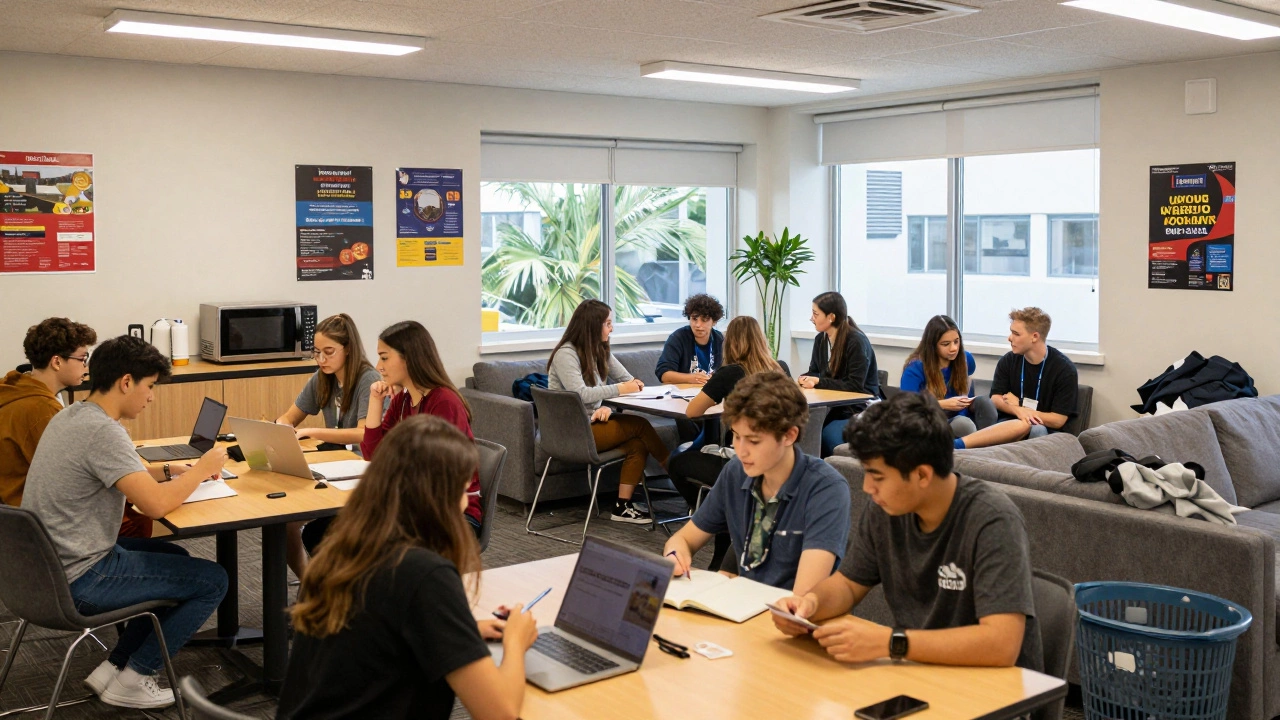University Housing Made Simple: What Every Student Needs to Know
Finding somewhere to live while you study can feel like a full‑time job. Do you want to be right on campus, or do you prefer a quieter street a few minutes away? Below we cut through the noise, show you the main housing choices, and give you a step‑by‑step plan to lock in a good deal without losing sleep.
Types of University Housing
First up, know the four basic categories you’ll run into:
1. On‑Campus Halls – Managed by the university, these rooms usually include utilities, internet, and some meals. They’re great for meeting new people, but they can be pricey and have strict rules about guests and quiet hours.
2. University‑Owned Apartments – Bigger than a hall room, these units often let you have a kitchen and a living area. You still get the safety net of campus management, and the lease term usually lines up with the academic year.
3. Private Student‑Focused Rentals – Companies that specialize in student housing often offer purpose‑built apartments close to campus. They include perks like study rooms, bike storage, and sometimes even weekly cleaning.
4. Regular Private Rentals – Standard apartments or houses you’d find on any rental portal. You’ll need to handle utilities, internet, and any maintenance yourself, but you have more flexibility on lease length and roommate choices.
Each option has trade‑offs between cost, privacy, and convenience. Write down what matters most to you – like a short commute, lower rent, or being able to have friends over – and weigh each type against that list.
How to Find and Secure Your Spot
Start Early. Universities open their halls about three months before term starts. If you’re aiming for on‑campus rooms, apply as soon as the portal opens. Private listings pop up even earlier on sites like Rightmove, Zoopla, or student‑specific boards.
Set a Budget. Add up rent, utilities, internet, transport, and food. A good rule of thumb is to keep housing costs under 30 % of any income you expect (part‑time job, parental support, student loans).
Use Filters. When searching online, filter by distance (e.g., “within 1 mile of University of Oxford”), price range, and number of bedrooms. This saves you hours of scrolling through irrelevant ads.
Visit in Person or Virtually. Even a quick video call can reveal hidden issues like thin walls, poor heating, or unsafe stairwells. Ask the landlord about the average utility bills – a cheap rent can turn expensive if the heating is awful.
Ask the Right Questions. Find out about the deposit amount, any fees for the inventory check, how repairs are handled, and the policy on subletting. Knowing these details up front stops nasty surprises later.
Secure the Deal Quickly. Good student rentals get snapped up fast. Have your documents ready: ID, proof of income or student status, references, and a bank statement for the deposit. Some landlords will let you pay the deposit via a secure online link; avoid cash unless you get a receipt.
Consider a Roommate Agreement. If you’re sharing a house, write down who pays what, cleaning chores, and guest rules. It sounds formal, but it keeps the peace during busy exam weeks.
Finally, don’t forget to check safety. Look for working smoke detectors, secure locks, and good lighting around the entrance. If the building is on a university‑approved list, you’ll often find a safety inspection report online.
With these steps, you’ll move from “I have no idea where to live” to “I’ve got a solid place that fits my budget and lifestyle.” University life is busy enough without housing hassles, so get ahead, stay organized, and enjoy your student years in a space you can actually call home.

